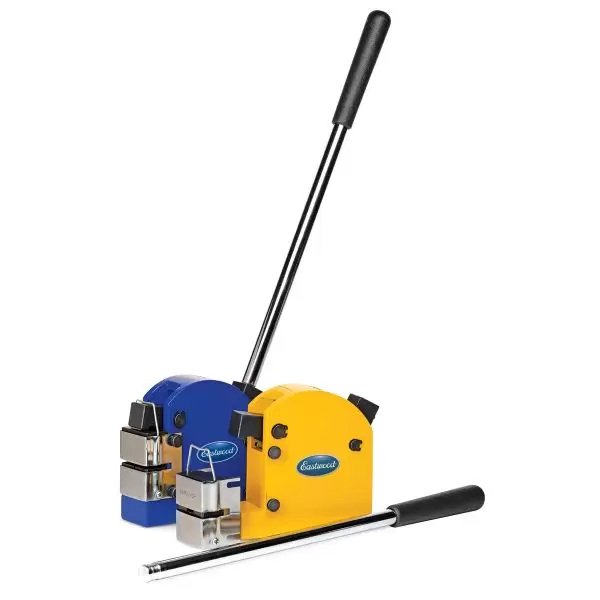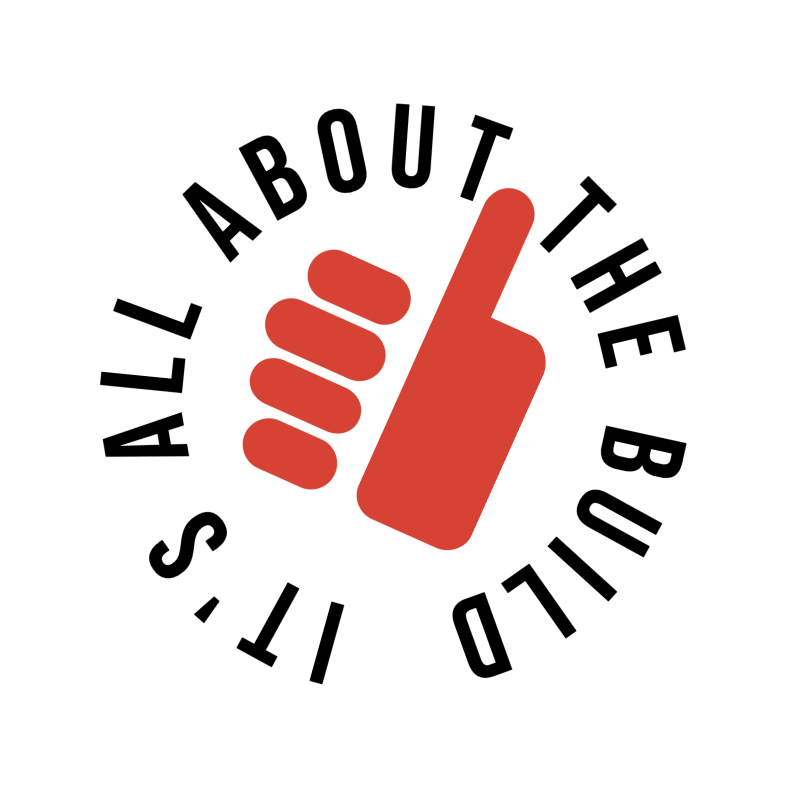SHRINKER STRETCHER REVIEW
If you plan to restore a project car, you’ll eventually need to make curved metal shapes. Let’s review how the Eastwood shrinker stretcher kit works with automotive sheet metal.
As we continued working on our DIY auto restoration projects, we found that certain sheet metal repairs require complex curved shapes.
Curves are even more difficult to create when you have a 90-degree bend.
That’s where a Eastwood shrinker stretcher for sheet metal helps. Both the Eastwood shrinker and stretcher are beefy as they need to be able to shape sheet metal.
The Eastwood Shrinker Stretcher include the following:
Mount holes for directly securing onto a welding table.
Interchangeable shrinker and stretcher jaw.
Included push handles which can be unscrewed and removed to save space.
SHEET METAL SHRINKER REVIEW
The job of a sheet metal shrinker is to pinch the sheet metal that’s pressed into the shrinker.
Eastwood Sheet Metal Shrinker
As the sheet metal is pinched by pushing the handle downward it will cause the sheet metal to come together. The side you feed into the shrinker will look wrinkled.
This causes a shrinking effect and forces a corner or flat piece to curve inward. You can hammer the wrinkles once you have the desired shape.
SHEET METAL STRETCHER REVIEW
The sheet metal stretcher works opposite of the shrinker. As you press the sheet metal into the stretcher it expands the metal. As you expand the edge of sheet metal it will start to curve outward.
Eastwood Sheet Metal Stretcher
We can even remove a curve that we made with a shrinker by using the stretcher. Also make sure that you don’t feed the entire section of sheet metal into the jaws. This will cause the entire section inserted to stretch which won’t help form a curve. The outer part of the metal is what you want to stretch in order for the curve to start forming.
Note: Make small incremental stretches around every inch. Pushing down too hard in the same spot will cause the sheet metal to over stretch and tear.
Stretching Sheet Metal
CURVING SHEET METAL
So now we need to make the perfect corner curve. First, we cut a piece of sheet metal and then bent it in our Eastwood Versa 20” Sheet metal brake.
Once the 90 degree piece is formed we feed the bottom of the curve into the stretcher and press. The stretcher will curve the 18 gauge sheet metal outward which is what we want.
Now that we’re done practicing all that’s left is to cut the piece to the appropriate dimensions and weld it into place.
Stretched Sheet Metal Curve
PARTS LIST















